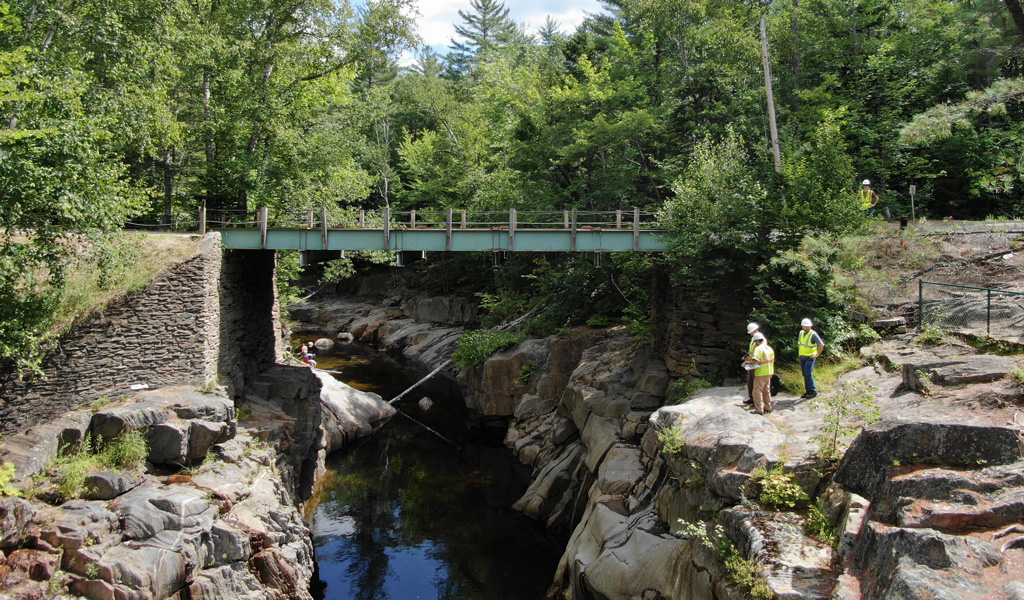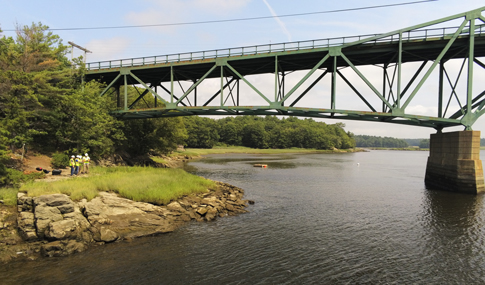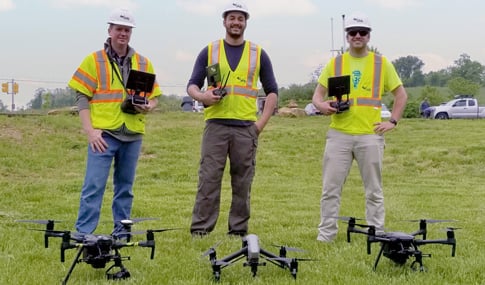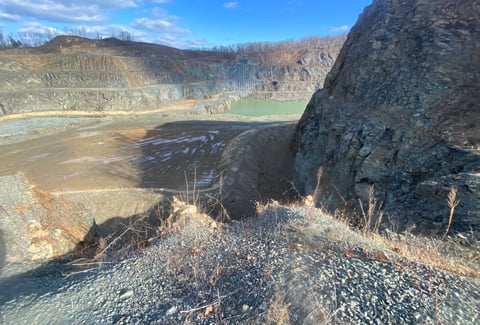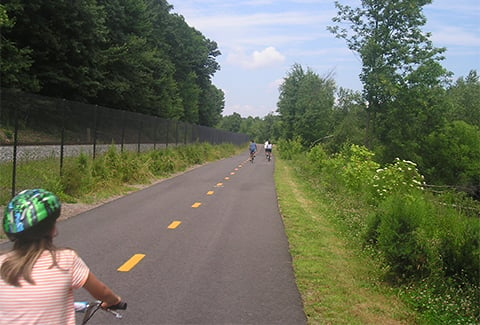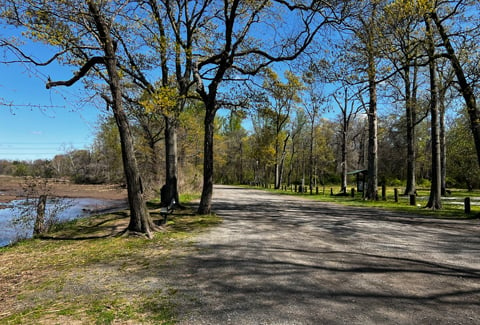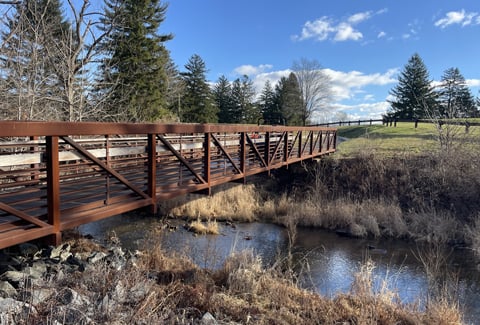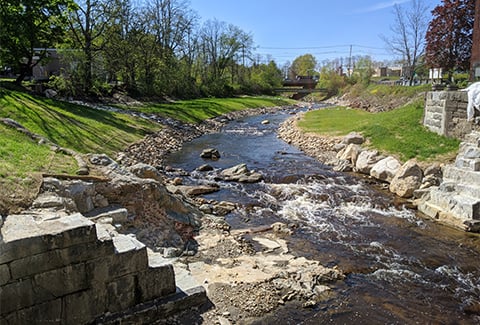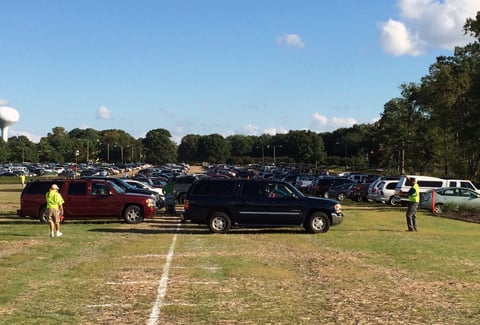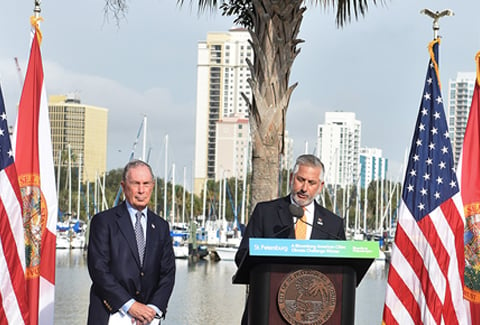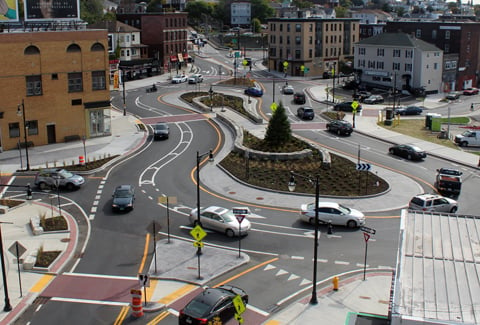Every six years, MaineDOT measures under-clearances at more than 200 bridges located on Interstate 95 and other major highways. Accuracy and precision are critical when inspecting a bridge, and traditional inspection methods are often complex, expensive, dangerous, and time consuming. As a national leader, VHB is using unmanned aerial systems (UAS), also known as drones, to provide safer bridge inspections and currently leads multiple inspections for MaineDOT.
Social—Using drones as an inspection method eliminates the need for the inspection team to physically inspect the bridge using cranes to lower and suspend team members under the bridge. Bridge cranes also require closing a traffic lane to perform the work, often leading to traffic detours and congestion that can significantly impact roadway safety. Inspections completed with drones are a more efficient way to provide better data and improve safety for the inspection team and traveling public.
Environmental—The innovative UAS method has led inspectors to detect bridge damage that otherwise may not have been discovered with traditional hands-on inspection methods. Using a drone for a physically inaccessible bridge assessment, the VHB team uncovered that significant amounts of concrete had spalled off the backwalls, a discovery which allowed MaineDOT to accurately develop repair plans for the structure, potentially extending the life of the bridge.
Economic—Relying on drones, the VHB team has assessed multiple bridges across Maine without the expense and interruption involved in shutting down and re-routing traffic. The new and innovative approach increases access, accuracy, and safety while shortening the inspection timeline and reducing costs for MaineDOT. Additionally, by identifying bridge defects early, MaineDOT can pro-actively prevent catastrophic structural deficiencies that could remove a bridge from service and result in a detrimental impact on important economic links.

